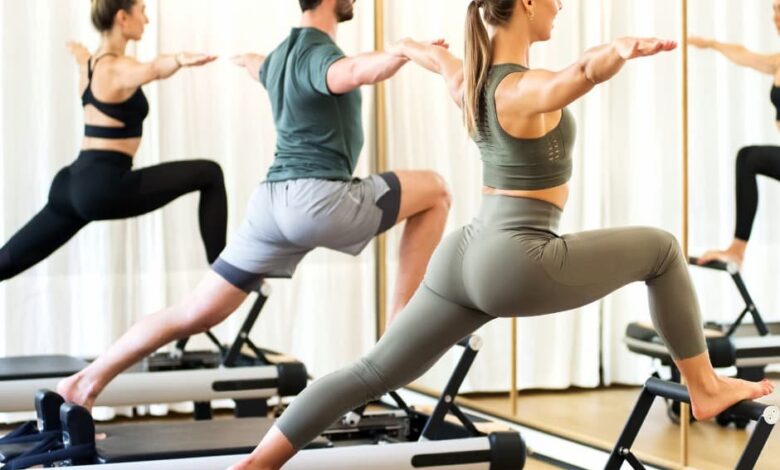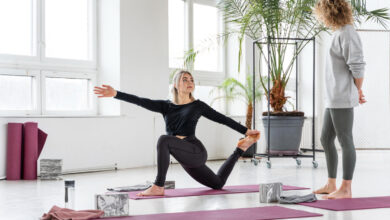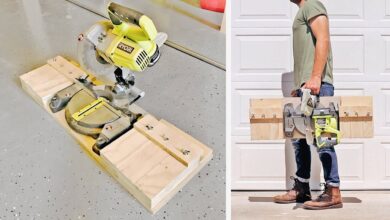Pilates Reformer Exercises: A Comprehensive Guide to Strengthen Your Core and Improve Flexibility

Pilates has become a popular fitness trend, pilates reformer exercises and among its many practices, Pilates Reformer exercises stand out as one of the most effective methods for building strength, improving flexibility, and promoting overall body awareness. The Pilates Reformer machine, a unique piece of equipment developed by Joseph Pilates, provides a versatile way to perform exercises that target multiple muscle groups simultaneously, making it an ideal choice for individuals at all fitness levels.
Whether you’re a beginner or an experienced Pilates practitioner, understanding how to properly use the Reformer machine can elevate your fitness routine and help you achieve your fitness goals more effectively. In this article, we’ll explore the benefits of Pilates Reformer exercises, highlight some popular exercises you can incorporate into your routine, and offer tips for getting the most out of your practice.
What is a Pilates Reformer?
The Pilates Reformer is a piece of equipment designed to help individuals perform exercises with a focus on alignment, controlled movement, and breath. It consists of a sliding carriage, springs that provide resistance, ropes for assistance, and adjustable bars. This structure allows the practitioner to adjust the resistance based on their needs, making it accessible to beginners while still offering challenges to more advanced users.
Unlike traditional bodyweight exercises, the Reformer machine uses resistance, which increases the intensity of the workout. The springs provide varying levels of resistance, allowing you to tailor the exercises to your strength and ability, creating a customizable workout experience.
Benefits of Pilates Reformer Exercises
1. Core Strengthening
Pilates is well known for its focus on core strength, and the Reformer machine amplifies this benefit. Many Pilates Reformer exercises target the abdominals, obliques, and lower back muscles, helping to create a strong and stable core. A strong core improves posture, supports your spine, and reduces the risk of injury during physical activities.
2. Improved Flexibility
Pilates Reformer exercises incorporate dynamic stretching and strengthening, which not only build muscle but also increase flexibility. The resistance provided by the springs allows the practitioner to stretch deeper, making it easier to lengthen muscles safely. Flexibility is key to overall mobility and can prevent stiffness, especially in areas like the hips, hamstrings, and back.
3. Better Posture
Pilates Reformer exercises emphasize proper alignment and posture, which is beneficial for those who spend long hours sitting at desks or engaging in repetitive movements. By practicing these exercises regularly, you can develop better posture, reduce muscle imbalances, and alleviate discomfort caused by poor alignment.
4. Full-Body Workout
Whether you’re working on your upper body, lower body, or core, the Reformer allows for a variety of movements that engage all areas of the body, promoting a balanced and toned physique.
5. Low-Impact, High-Intensity
One of the standout benefits of Pilates Reformer exercises is that they are low-impact while still providing an intense workout. This makes Reformer Pilates ideal for individuals who may have joint issues, are recovering from injury, or prefer a gentler form of exercise that still delivers results. The spring resistance helps cushion movements, making exercises feel less stressful on the body compared to traditional high-impact activities.
6. Mind-Body Connection
Pilates is a discipline that encourages mindfulness and focus. Reformer exercises require concentration, which helps practitioners stay present in the moment and connect their movements with their breath. This mind-body connection not only improves your physical performance but also reduces stress and promotes mental clarity.
Popular Pilates Reformer Exercises
Now that we’ve explored the many benefits of Pilates Reformer exercises, let’s dive into some of the most popular exercises you can try. Whether you’re a beginner or a more advanced practitioner, these exercises will help you strengthen your body and improve your flexibility.
1. Footwork
Footwork is a foundational Pilates Reformer exercise that targets the legs, glutes, and calves. As you press the carriage out with your legs, engage your core and maintain control throughout the movement. Footwork can be done with different foot positions to target various muscles.
Benefits:
- Strengthens the quadriceps, hamstrings, and glutes.
- Improves flexibility in the lower body.
- Enhances coordination and stability.
2. The Hundred
The Hundred is a classic Pilates exercise that works your core while incorporating a breathing technique. To do this exercise, lie on your back, lift your legs to a tabletop position, and raise your head and shoulders off the Reformer. Pump your arms up and down in a rhythmic motion while breathing deeply.
Benefits:
- Strengthens the abdominal muscles.
- Improves circulation and respiratory function.
- Enhances endurance and stamina.
3. Long Stretch
The Long Stretch is an advanced exercise that targets the core, pilates reformer exercises arms, and legs. Begin by kneeling on the Reformer with your hands on the shoulder rests. This exercise engages the entire body and helps build strength and stability.
Benefits:
- Strengthens the core, shoulders, and legs.
- Improves overall stability and balance.
- Enhances body awareness and control.
Conclusion
Pilates Reformer exercises offer a highly effective, low-impact way to build strength, improve flexibility, and enhance overall fitness. Whether you’re looking to strengthen your core, improve posture, or increase flexibility, the Reformer provides a versatile and adaptable way to achieve your goals. By incorporating these exercises into your routine, you can enjoy a full-body workout that challenges both your mind and body. So, grab your Reformer, focus on your form, pilates reformer exercises and begin your journey to a stronger, more flexible you!




